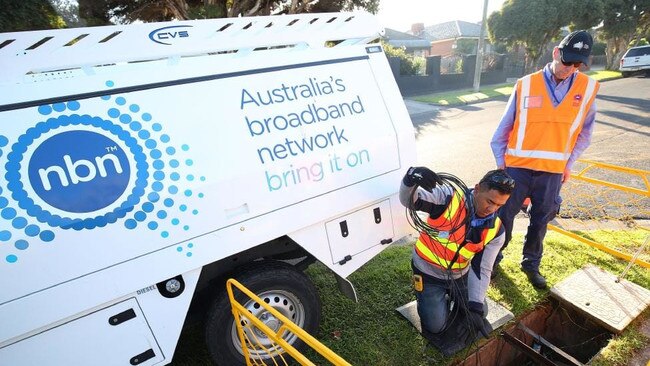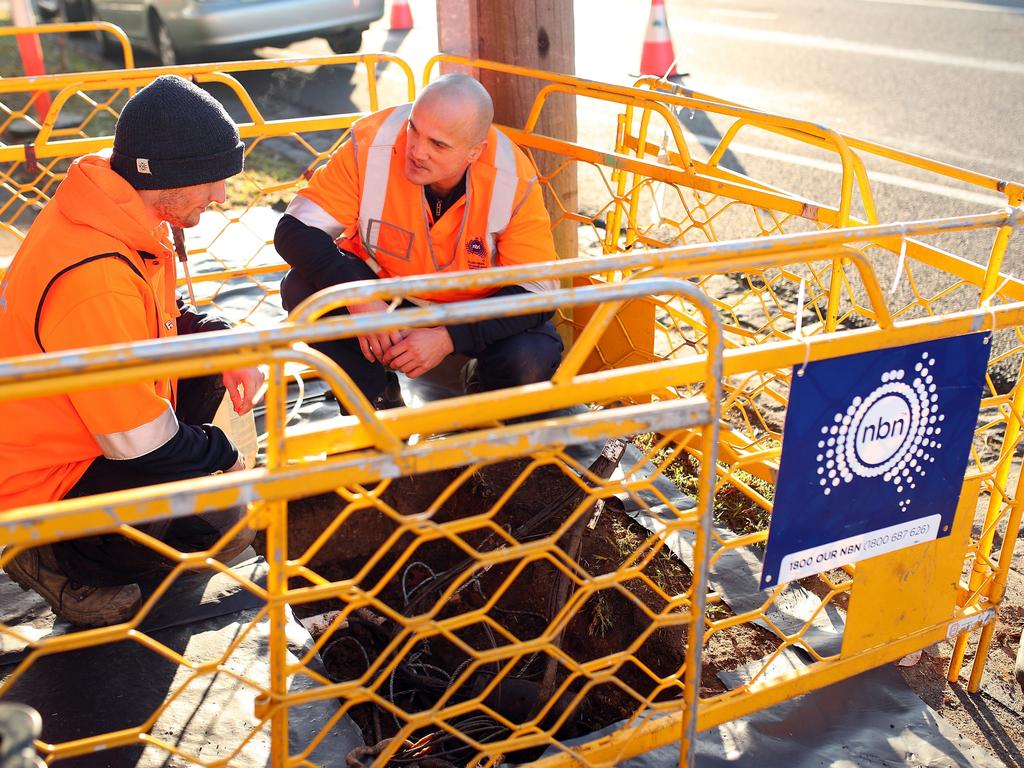NBN Co’s fibre-to-the-node (FTTN) technology under fire again
The ACCC report says a quarter of consumers on FTTN NBN connections aren’t getting the best speeds.

NBN Co’s use of fibre-to-the-node (FTTN) technology to connect homes to the National Broadband Network has once again come under fire, with the competition regulator’s latest speed test highlighting it as a major pain point for end users.
According to the Australian Competition and Consumer Commission’s Measuring Broadband Australia report, about a quarter of consumers on FTTN connections, who are paying for high-speed plans, didn’t receive anywhere near their full plan speeds, at any time.
On average, FTTN connections delivered 80.8 per cent of the relevant maximum plan speed during the busy periods of between 7pm to 11pm, the ACCC report said.
That was markedly lower than the speeds recorded on other access technologies, with fibre-to-the-premises (FTTP) delivering an average of 88.9 per cent of maximum plan speak during busy periods, fibre-to-the-curb (FTTC) delivering 90.3 per cent and hybrid fibre-coaxial (HFC) 90.2 per cent.
Critics of NBN Co’s multi-technology approach to rolling out the NBN have pointed to FTTN technology, which relies on copper wires to connect homes to fibre nodes, as a major weakness.
While the reliance on copper for the last mile of connectivity can lead to slower speeds, depending on the condition of the copper wires and the distance of homes from the nodes, it’s the cheapest way to rollout the NBN.
The cost of connecting a home to the network using FTTN is $2331, compared to $2744 per premises for HFC and $3249 per premises for FTTC technology, where fibre is rolled out as close as possible to a home. The FTTC technology is being widely used by NBN Co to connect homes in the cities.
Rolling out full fibre to new homes costs $2164 per premises. However, that cost balloons out to $4397 per premises when it comes to connecting existing homes directly to fibre
The sub-par performance of FTTN technology is a sore spot for NBN Co in what’s otherwise a positive report card from the ACCC, especially when it comes to the quality of service received by homes.
According to the ACCC report, NBN plans achieved average download speeds of 85.3 per cent of their maximum possible speeds during the busy hours, with consumers on entry level plans getting the fastest possible download speed possible on their connections.
Consumers on 12 megabits per second (Mbps) plans received an average of 90.4 per cent of their connection’s maximum possible speed, while those on 25 Mbps plans received 88.7 per cent.
Optus topped the list of telcos on performance, delivering 89.9 per cent of maximum plan speeds. Meanwhile, Vocus-owned brands Dodo and iPrimus recorded the biggest improvement, achieving 80 per cent of maximum plan speeds, up from 76.4 per cent in August 2019.
ACCC chair Rod Sims said too many consumers with FTTN connections are not receiving the speeds they are paying for.
“We are pleased to see that speeds have generally improved, however we need more action from NBN Co and retail service providers so that all consumers can access their full NBN plan speeds.”
“Consumers with underperforming connections are encouraged to get in touch with their RSPs, and ask whether a technician may be able to fix their connection issues.”
“Otherwise, they should be able to move to a cheaper plan with top speeds their connection can actually provide,” he said.
The next Measuring Broadband Australia report will be published in early May and will provide data on how the retail telcos are performing on the streaming video content front.
A NBN Co spokesman said the company had an upgarde path in place for FTTTN connections.
“We have set the company on a trajectory towards becoming cashflow positive to fund future upgrades and maintenance of the network.”
NBN Co plans to be cashflow positive by the second half of fiscal 2022.
“We have also identified in-home wiring and Wi-Fi modem upgrades as two potential areas for further collaboration and co-investment with RSPs to deliver significant improvements to the customer experience,” the spokesman said.
“For FTTN, in-home wiring – the copper cabling that runs to and between telephone sockets in the vast majority of homes – can play a major factor on the quality of a service that a customer receives. “






To join the conversation, please log in. Don't have an account? Register
Join the conversation, you are commenting as Logout